Math
Connect numbers to everyday life with practical problem-solving and logical thinking skills.

Connect numbers to everyday life with practical problem-solving and logical thinking skills.

Lorem Ipsum & is simply dummy text
of the printing and industry.

Lorem Ipsum & is simply dummy text
of the printing and industry.

Lorem Ipsum & is simply dummy text
of the printing and industry.

Lorem Ipsum & is simply dummy text
of the printing and industry.

Lorem Ipsum & is simply dummy text
of the printing and industry.

Lorem Ipsum & is simply dummy text
of the printing and industry.
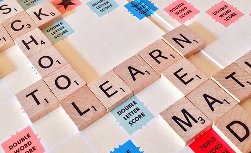
Lorem Ipsum & is simply dummy text
of the printing and industry.

Lorem Ipsum & is simply dummy text
of the printing and industry.

Lorem Ipsum & is simply dummy text
of the printing and industry.

Lorem Ipsum & is simply dummy text
of the printing and industry.

Lorem Ipsum & is simply dummy text
of the printing and industry.








Lorem Ipsum & is simply dummy text of the printing
and typesetting industry. Lorem Ipsum has been the
industry s standard dummy text ever since the 1500s,
when an unknown printer took a galley of type
and scrambled it to make a type specimen book. It has
survived not only five centuries, but also the leap into
electronic ty
pesetting, remaining essentially
unchanged.
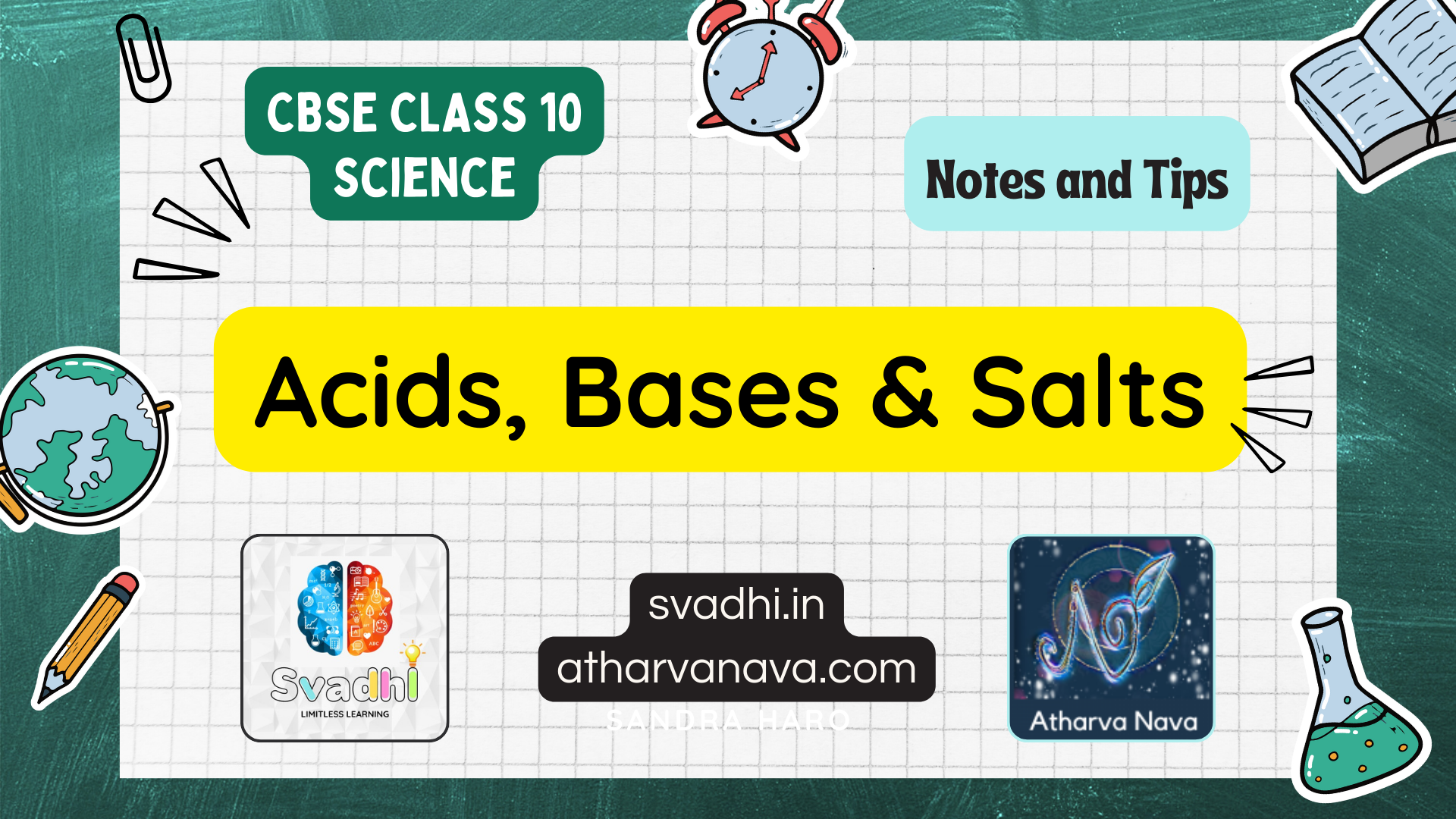
Indicators An indicator is a dye which changes color when it is added to an Acid or a Base. Some major types of acid – base indicators are as follows – Natural […] Continue Reading →
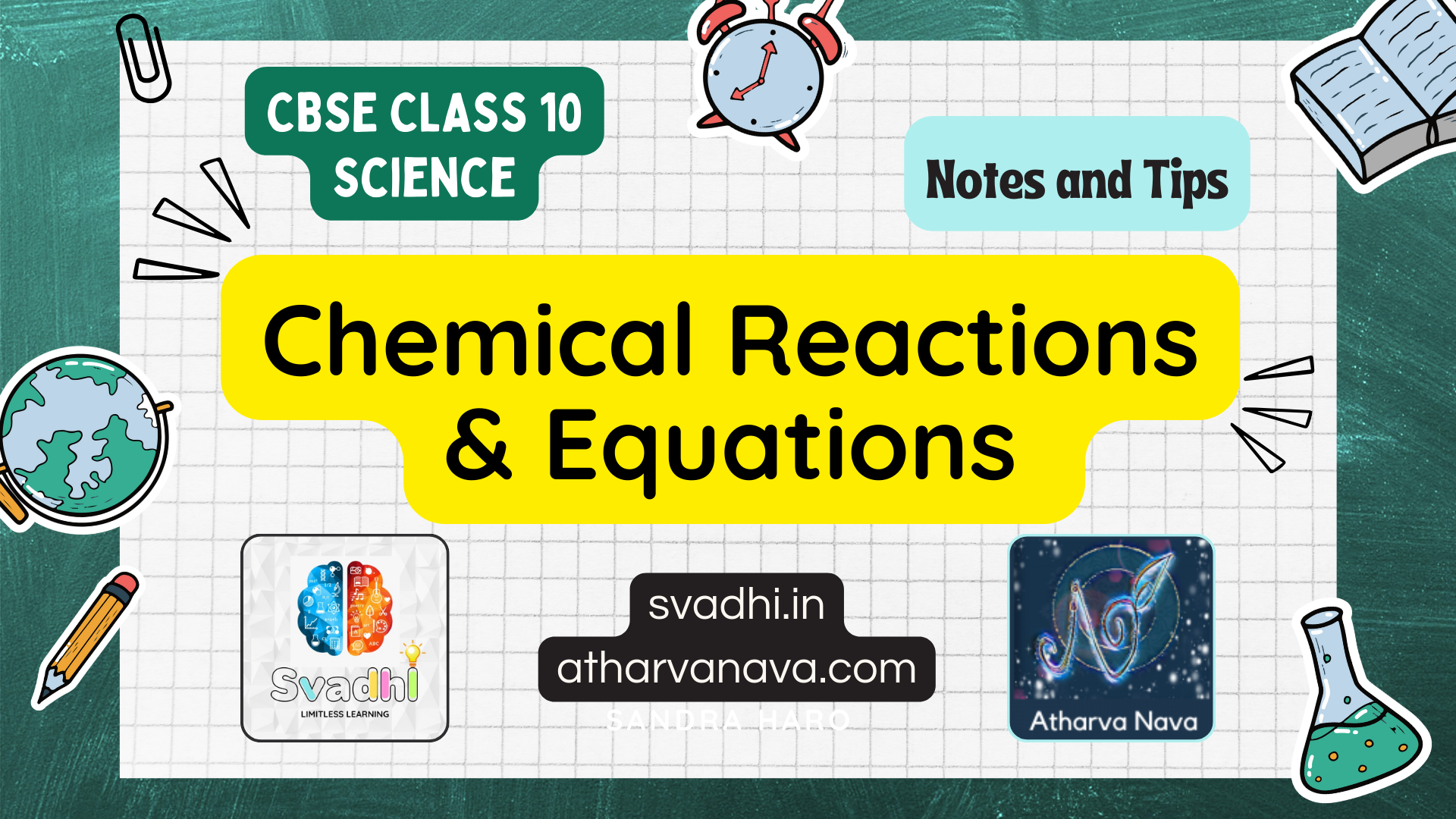
Physical and Chemical Changes Physical Change – Physical change is a change in which only some of the physical properties of a substance undergoing change are altered temporarily but the […] Continue Reading →
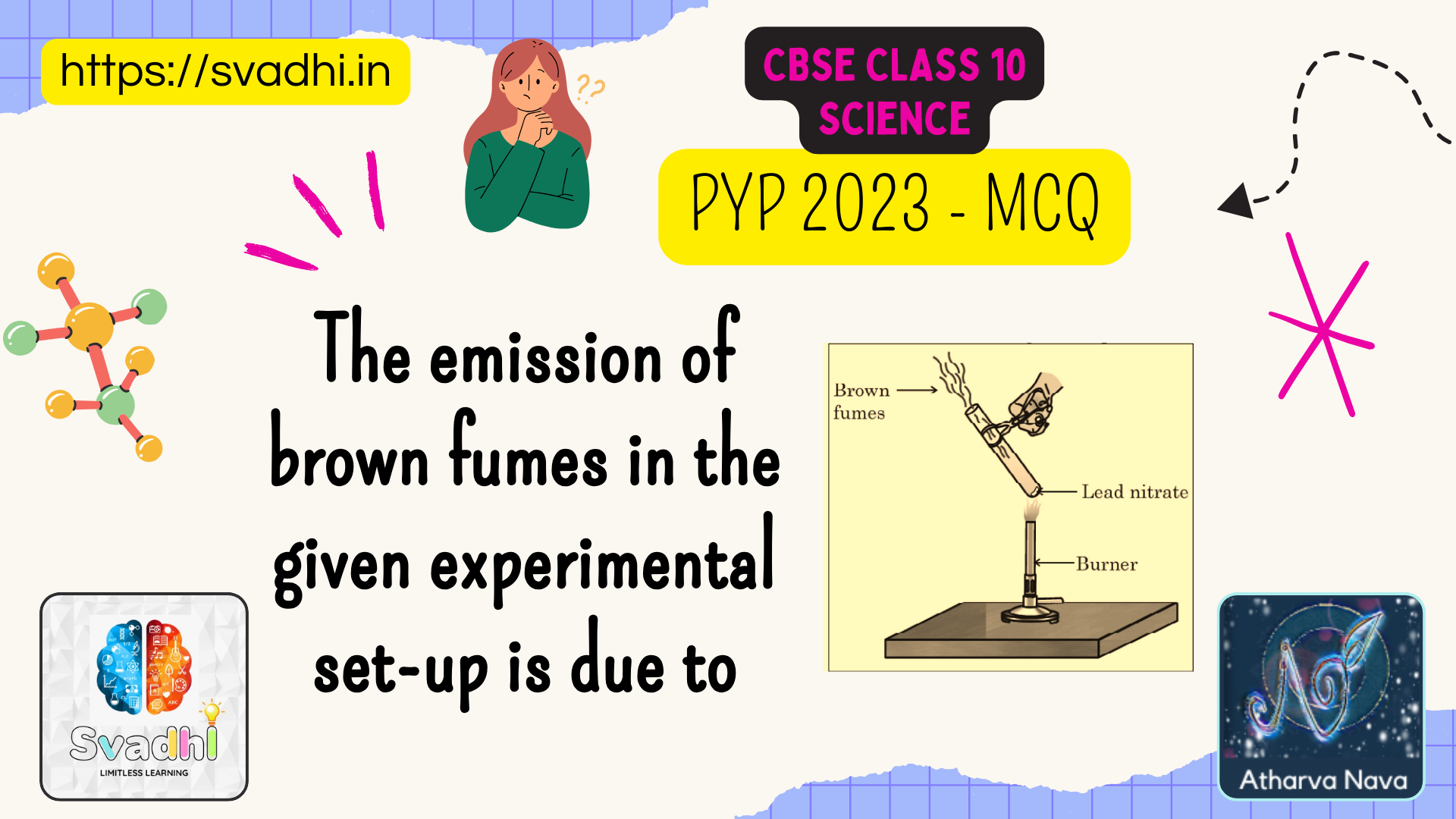
https://youtu.be/YwyP-bDU6Tk Here is the Explanation: The correct option is (a) thermal decomposition of lead nitrate which produces brown fumes of nitrogen dioxide. When lead nitrate (Pb(NO₃)₂) is heated, it decomposes […] Continue Reading →
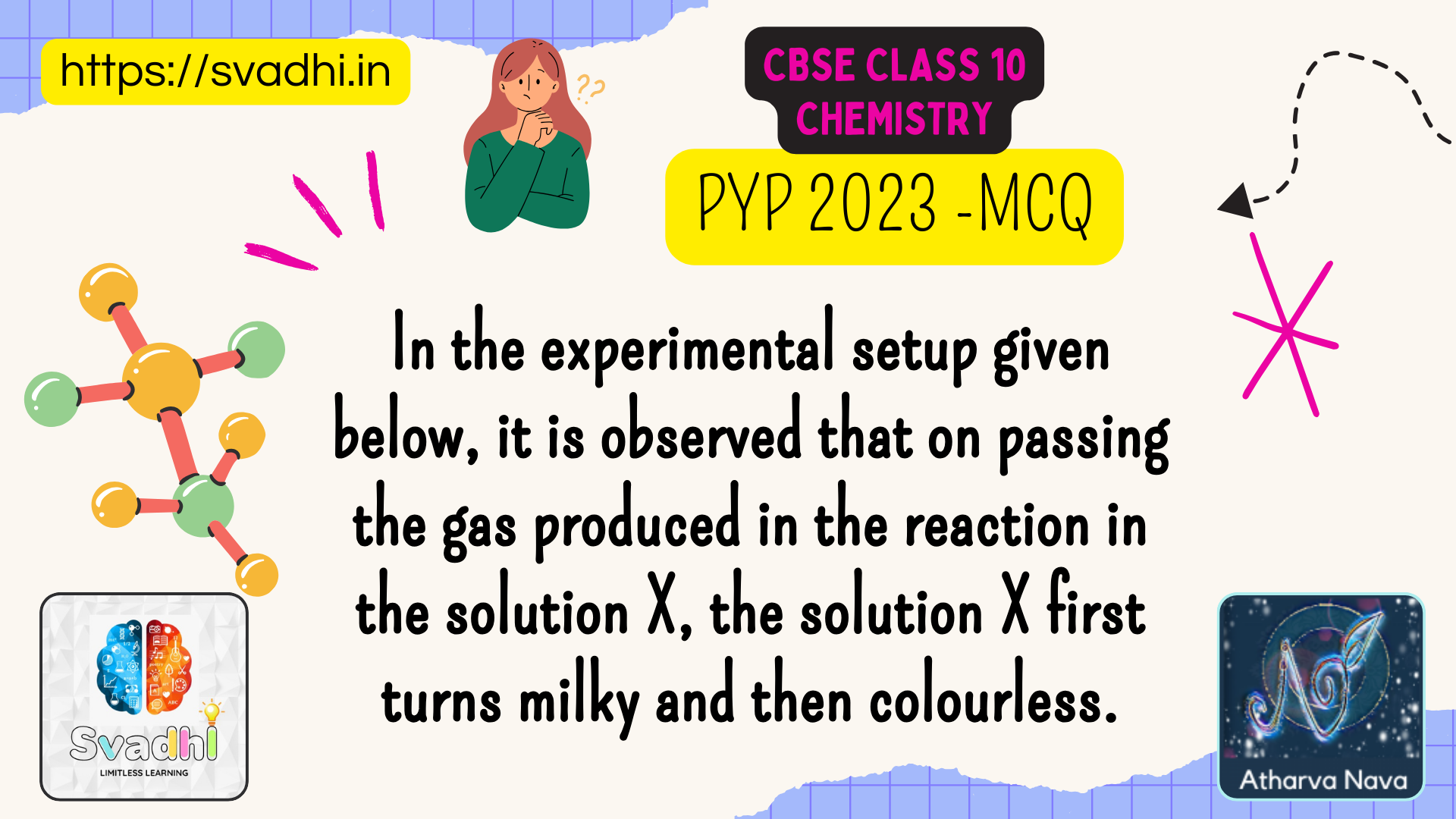
https://youtu.be/V6Hg_xyNO_k The option that justifies the above stated observation is that ‘X’ is aqueous calcium hydroxide and (a) it turns milky due to carbon dioxide gas liberated in the reaction […] Continue Reading →